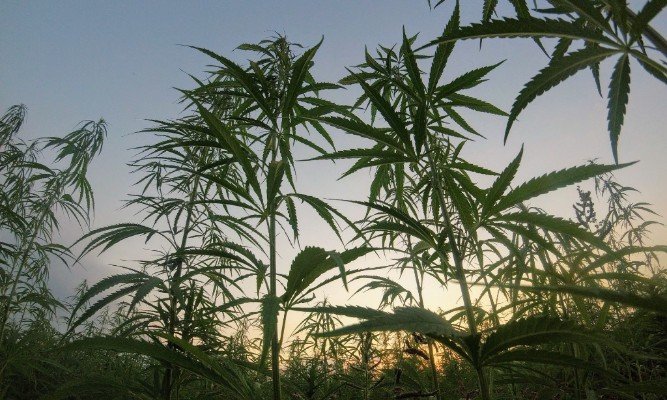
Oregon’s voluminous oversupply of dried cannabis plant material is currently expanding, as the state’s fall harvest is brought in after what has for the most part been a favorable growing season. Current reports from the field describe a wholesale market tilted almost entirely in favor of buyers, with few concrete factors determining price apart from what a producer might be willing, or compelled by circumstances, to accept.
Based on the current situation, it appears that wholesale prices in the near term are likely to continue to fall in Oregon, as they have over the course of this year. However, whether the rate of decline will slow as terms between buyers and sellers approach and fall below the cost of production remains to be seen.
Further down the line, strategies being employed by some on the supply side could work to deplete the state’s oversupply to some degree. Farmers not planting, not harvesting, surrendering their licenses, or rotating their crops to hemp are all occurrences that are reportedly taking place this year, which could dent the volume of the harvest once it is cut down and accounted for, although it must be pointed out that there are more licensed farmers in Oregon overall this year relative to 2017.
Additionally, the processing of crops into extracts and other more stable products immediately after harvest could reduce the state’s inventory of unsold plant material. Again, though, that inventory is currently about seven times more than the amount sold through the first three-quarters of this year, prior to the fall harvest even being brought in.
The conditions described are of course putting pressure on producers and could cause a significant number to go under in the wake of this year’s harvest. Some producers have commented to our analysts that operating capital is scarce among many growers, which has led to them selling at a loss to stay afloat.
Other southern Oregon farmers report that it can be difficult to find buyers in the Portland area, where much of the state’s retail demand is located, as many Portland retailers are integrated or have relationships with local indoor producers. Still, even if a significant portion of the state’s outdoor farmers in southern Oregon do shut down, the effects on supply will likely not be felt until the end of next year at the earliest, after 2019’s harvest season.